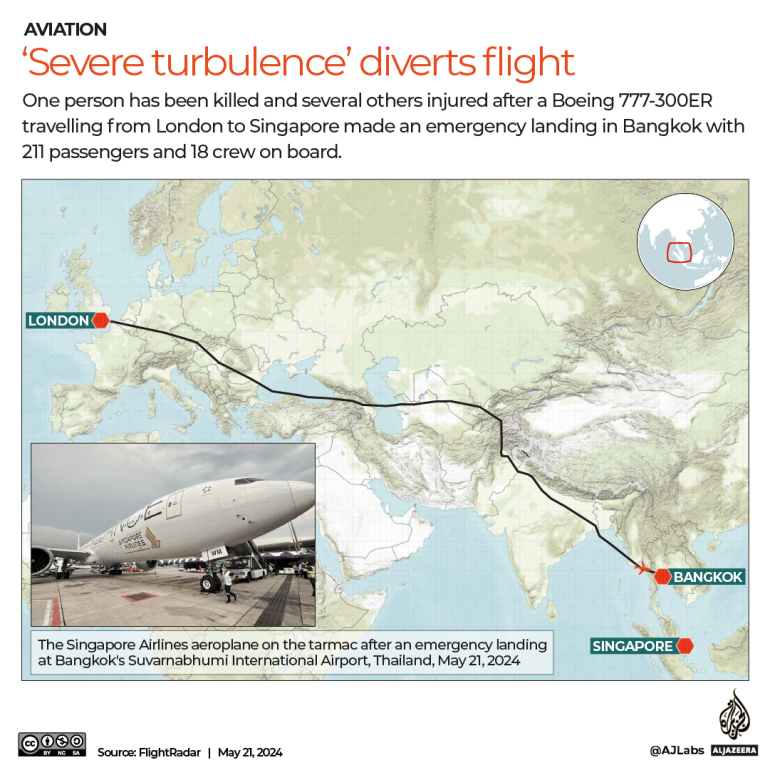Compared to older age groups, Singaporeans in their 40s today are more educated, better able to find jobs, earn more, save more, and live longer and healthier years.
These are some of the key findings in a new MOF report on socio-economic outcomes of Singaporeans born in 1940 – 1979.
Improved Education
Educational attainment levels have improved across the cohorts of Singaporeans studied in the report, in line with enhanced access and improvements in the quality of the education system. Only 22% of Singaporeans born in 1940 – 1949 went beyond secondary school, compared to 79% of those born in 1970 – 1979.
Younger Singaporeans who are not included in the current study are expected to attain even higher educational qualifications. Today, students benefit from well-resourced schools and a large degree of flexibility in the education system, where they can choose from multiple pathways based on their strengths and talents.
Higher Employment Rates, Wages and Savings
With higher qualifications, younger Singaporeans are better able to find jobs, earn higher wages, and save more for retirement. Comparing each cohort when they were in their 40s, the Labour Force Participation Rate for those born in 1970 – 1979 is 89%, compared to 79% for those born in 1950 – 1959. The median real gross monthly income from work (including employer CPF contributions) for those in their 40s is $5,900 for the younger group, more than double that of the $2,800 earned by the older group1 . Looking at CPF balances in the Ordinary Accounts and Special Accounts of Singaporeans in their 40s, the median for the younger group is three times that of the older group, after adjusting for inflation. For balances at the 20th percentile, the younger group has more than seven times the balances of the older group, again after adjusting for inflation.
Today, the Government intervenes actively to support Singaporeans who want to work, such as by supporting skills development and employment facilitation. For example, the Adapt and Grow initiative helps jobseekers affected by economic slowdowns to get back into employment as soon as possible. Employers also benefit from various grants and programmes to upskill their workers.
Higher Residential Property Ownership Rates
Higher wages and savings have contributed to high residential property ownership rates for Singaporeans. Residential property ownership rates have improved from 76% for those born in 1940 – 1949 to around 85% for the younger cohorts. Most HDB dwellers have leases that are long enough to cover them until at least age 95. This also means that they have an asset that can be monetised if necessary, to supplement their retirement needs (for example, by right-sizing or through the Lease Buyback Scheme).
Longer Life Expectancies
Singaporeans are living longer, healthier years. The life expectancy at age 45 has risen from 35 years in 1999 to 41 years in 2017, accompanied by a similar rise in Health Adjusted Life Expectancy at age 45 from 29 years in 1999 to 33 years in 2017.
With enhanced healthcare schemes like MediShield Life, CareShield Life, Community Health Assistance Scheme, Screen For Life, younger Singaporeans will be better prepared for their healthcare needs, including the early detection and management of conditions.
Decrease in Family Support
Although subsequent generations of Singaporeans have a better quality of life and more personal resources for retirement, lower marriage rates and smaller family sizes may mean less available support from the immediate family. The Government will continue to work closely with community partners to support those who may need additional assistance, even as we encourage the strengthening of inter-generational family bonds. The Government will also do more to help Singaporeans to upskill, earn and save more.
Background
The report is prepared by the Ministry of Finance, with inputs from various ministries. These indicators reflect how socio-economic outcomes have changed across generations, as Singapore progressed from Third World to First. For comparability, they are grouped into four 10-year age bands to show the improvements in Singaporeans’ quality of life over time – Singaporeans born in the 1940s (1940 – 1949); Singaporeans born in the 1950s (1950 – 1959); Singaporeans born in the 1960s (1960 – 1969); and Singaporeans born in the 1970s (1970 – 1979). The report is available at www.mof.gov.sg.









